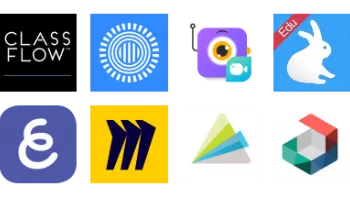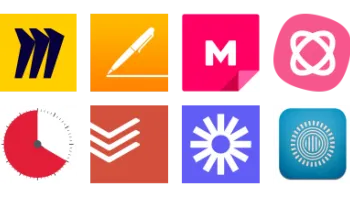Take a look inside 5 images
Top Hat
Pros: Interactive slideshows and lectures can have a customizable student-response system built in for quick formative assessment.
Cons: Features that are more college-centric might discourage K-12 use, when compared with other similar tools.
Bottom Line: A decent choice for interactive slideshows and presentations, though others are more streamlined and offer tools that may appeal more to K-12 teachers.
Top Hat was created to help increase student engagement and retention during lectures, so it's best used for that purpose. Keep your presentations simple, yet fun and engaging, with limited multimedia elements. It's best to create your questions and assessments ahead of time. Use a variety of question types (not just multiple choice) so students don't become too passive.
During presentations, see if you can sprinkle in a few on-the-fly questions to check for understanding. Afterward, once you've gathered student responses, make sure to show everyone the correct answers, as this isn't an automatic feature. Top Hat's discussion feature would be great to use after a lecture, or as a prelude to an essay or writing assignment. Encourage students to post their own questions, but middle and high school teachers should be aware that this will likely require some moderation.
Top Hat is a platform for building and conducting interactive slideshow presentations. Through a built-in student-response system, students can use their own mobile devices to take part in ongoing, live assessments during a lecture. The tool can be used within any subject area -- when used effectively, teachers can better support students with valuable formative assessment data.
Teachers can prepare slideshows -- including assessment items and discussions -- on the Top Hat website, Chrome app, or mobile app. Students respond using any web-enabled device or via text message, though there's also a Top Hat app for iOS and Android. It's important to note that Top Hat seems primarily geared toward college students and classes. However, teachers can turn on or off many of the site's features, including questions, attendance, demos, feedback, and more, making K-12 use more feasible.
As a tool, Top Hat isn't that different from a number of other options for interactive slideshows -- tools like Nearpod and Apollo offer similar features. The student-response features, in particular, are similar to those found in tools like Socrative or InfuseLearning. However, Top Hat's built-in demos are what set it apart, as they provide interactive practice for targeted subjects. But these are mostly targeted at more advanced students, likely college-level. Top Hat might do well in the future if the developers create more demos targeted at younger students as well.
Another standout feature includes the ability to mirror presentations between the teacher's and students' devices. The tools here include the ability for teachers to doodle on or annotate slides -- these additions should appear almost immediately on students' devices. Be aware, however, that teachers using media-heavy presentations could encounter uploading or downloading issues when presenting; this could limit the platform's usefulness. In the end, to get the most out of any tool like this, teachers will need to create thoughtful, meaningful interactive content for their students. Despite a few drawbacks, Top Hat could be quite useful in the hands of a patient and creative educator.














